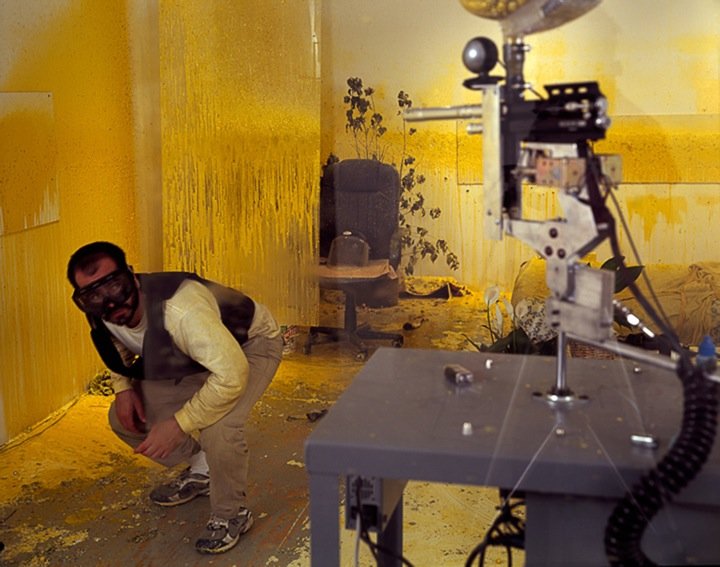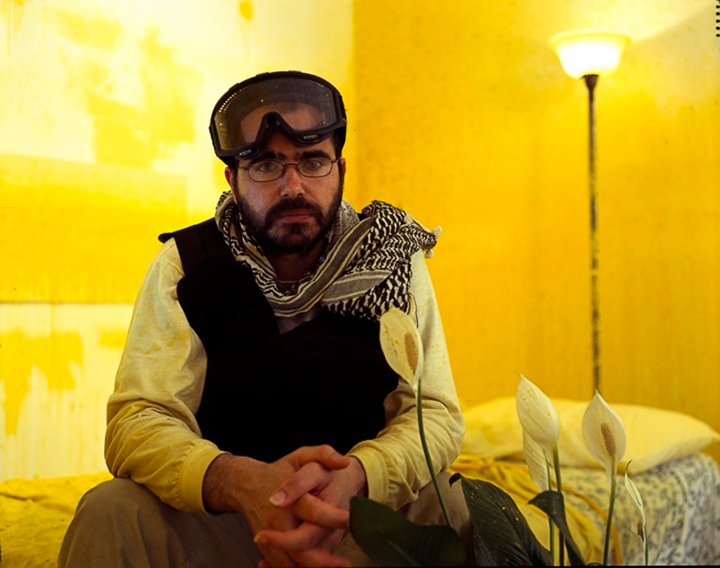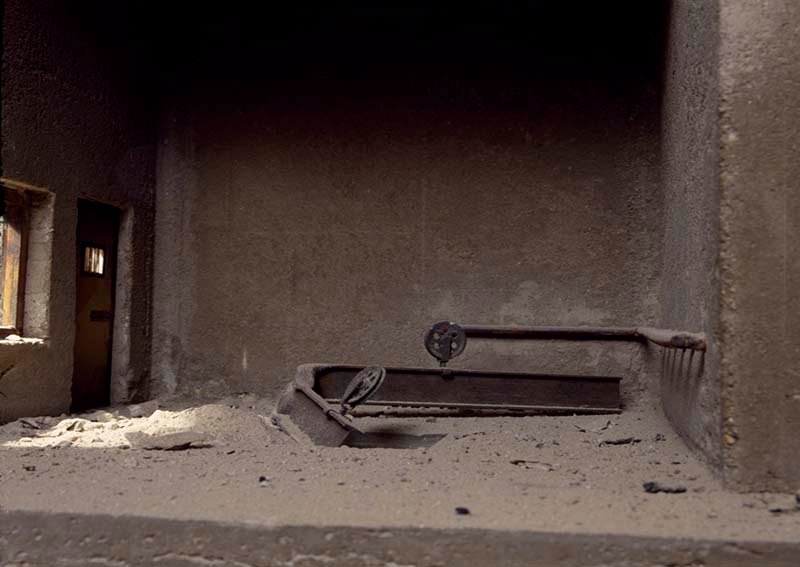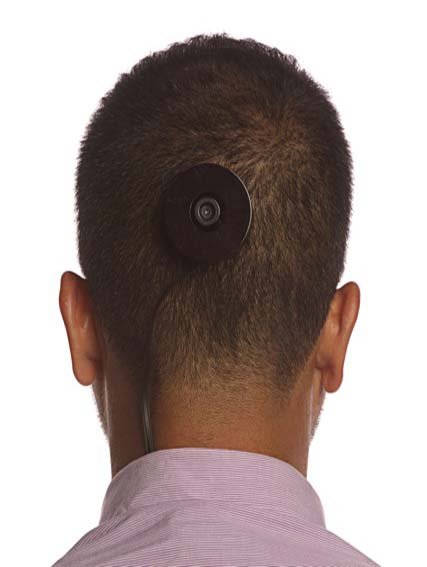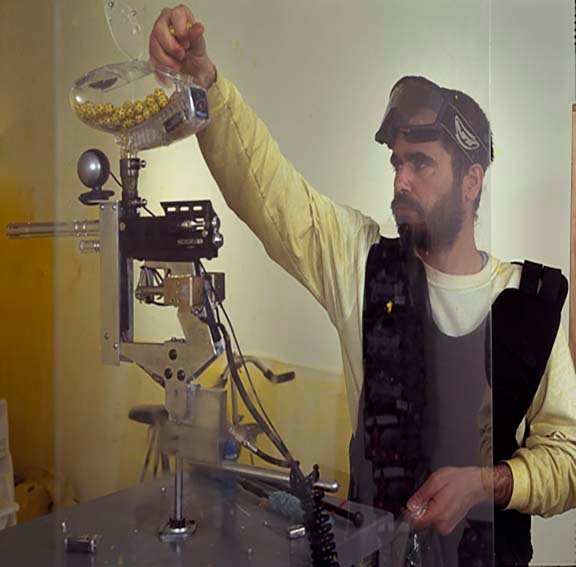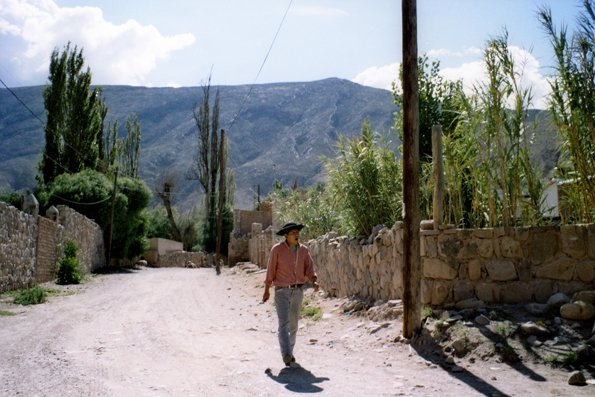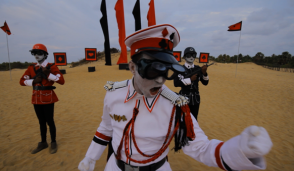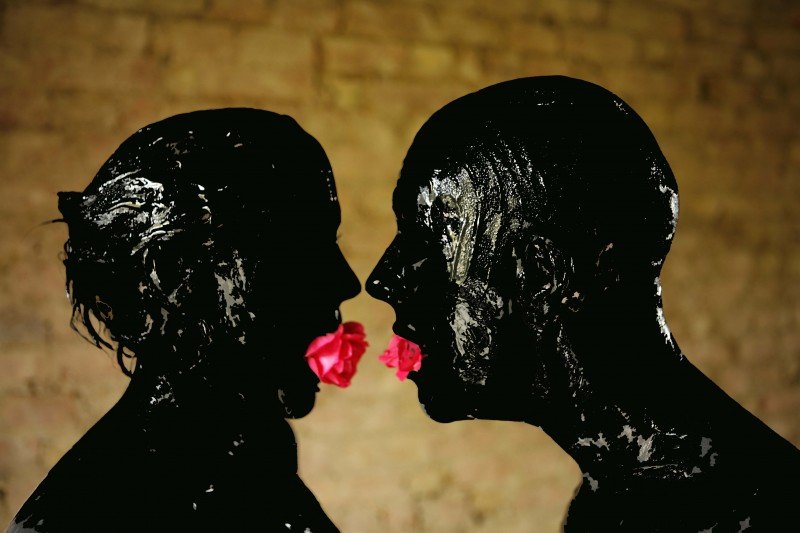U.S.A. –
Wafaa Bilal is no traditional artist. This Iraqi-born American artist draws from his personal life and identity to make highly political works. Working mainly with his body as a medium, he addresses more than just the cognitive experience of viewing art.
Emaho : Your earlier performances and installations seem to be more individual-based, whereas your more recent works incorporate the public. Has the way you make your art changed over the years?
My artwork has always included the public. In early performances I used a virtual platform and asked the viewer to complete the work through their participation. I don’t think there has been a shift in including the public, but there has perhaps been a shift in the platform itself. For example, in The Hierarchy of Being (at Maraya Art Park), the work is activated by the viewers, but in the public space.

3rdi, 2010-2011
Emaho : Your 3rdi project is extremely intimate yet also completely public. What was your intention?
My intention was to examine the places we leave behind through a different kind of storytelling. It’s a technological record and that comes from the fusion of the body and the apparatus, the shooting mechanism. As it progressed, the project symbolized so many other things: surveillance, being watched, and returning the gaze. Ultimately it became a cyborg, something we can’t deny anymore; it’s the way of the future.
3rdi, 2010-2011
Emaho : Where does personal narrative intersect with political statement in your work?
So far, personal narrative has been the center of the artwork with the exception of The Hierarchy of Being. That project is a different examination of my culture. But personal narrative has been the trigger for almost every project, from my early work to the present.
Domestic Tension, 2007
Emaho : Many pieces involve both permanently modifying your body and a commitment to physical endurance. How has this changed you as an artist?
I think a lot of these projects, which entail physical endurance, tend to activate my body in relation to the viewer or the participant’s body. In a way, the body translates to the viewer-participant’s body, to activate them. This is the goal of a different kind of engagement, engagement not at the cerebral level but rather on the physical or corporeal level.

Domestic Tension, 2007
Emaho : Your work spans varying layers of reality – from your own personal reality to your “Virtual Jihadi” piece. Is there a difference in the way you choose to communicate, whether tattooed onto your own back or through a computer game?
I think in every project there’s a platform, and I aim to activate that platform. It becomes the inspiration for each piece. I also need to keep the viewer in mind. There are so many factors that determine what the appropriate platform is for each project, whether it’s physical, virtual, or interactive.

Virtual Jihadi, 2008
Emaho : In your works you expose the horror and violence of war that is so often kept hidden by governments. Do you think art is an effective medium for inspiring action?
There is no denying that art and artworks can activate the society and expose the hidden agendas of government. Art has always been in line with this engagement and social discourse.

The Hierarchy of Being, 2013
Emaho : Do you have any upcoming projects you wish to share?
I have two projects currently on view– The Ashes Series at Brown University’s David Winton Bell Gallery (through May 26) and The Hierarchy of Being at Maraya Art Park.

Chair from The Ashes Series, 2003-2013
Art & Culture Interviewed by Hilary Devaney
